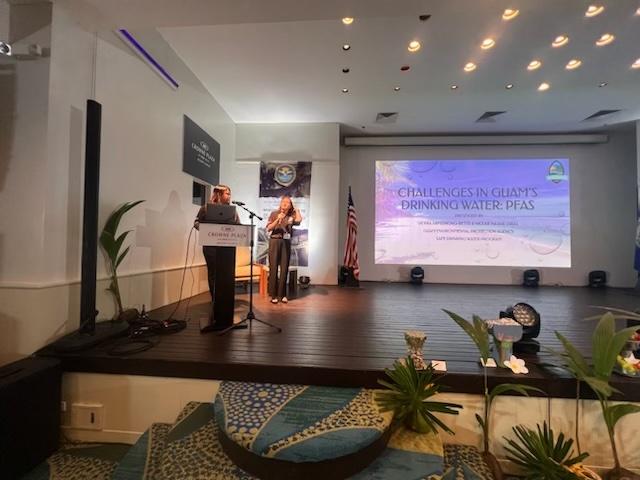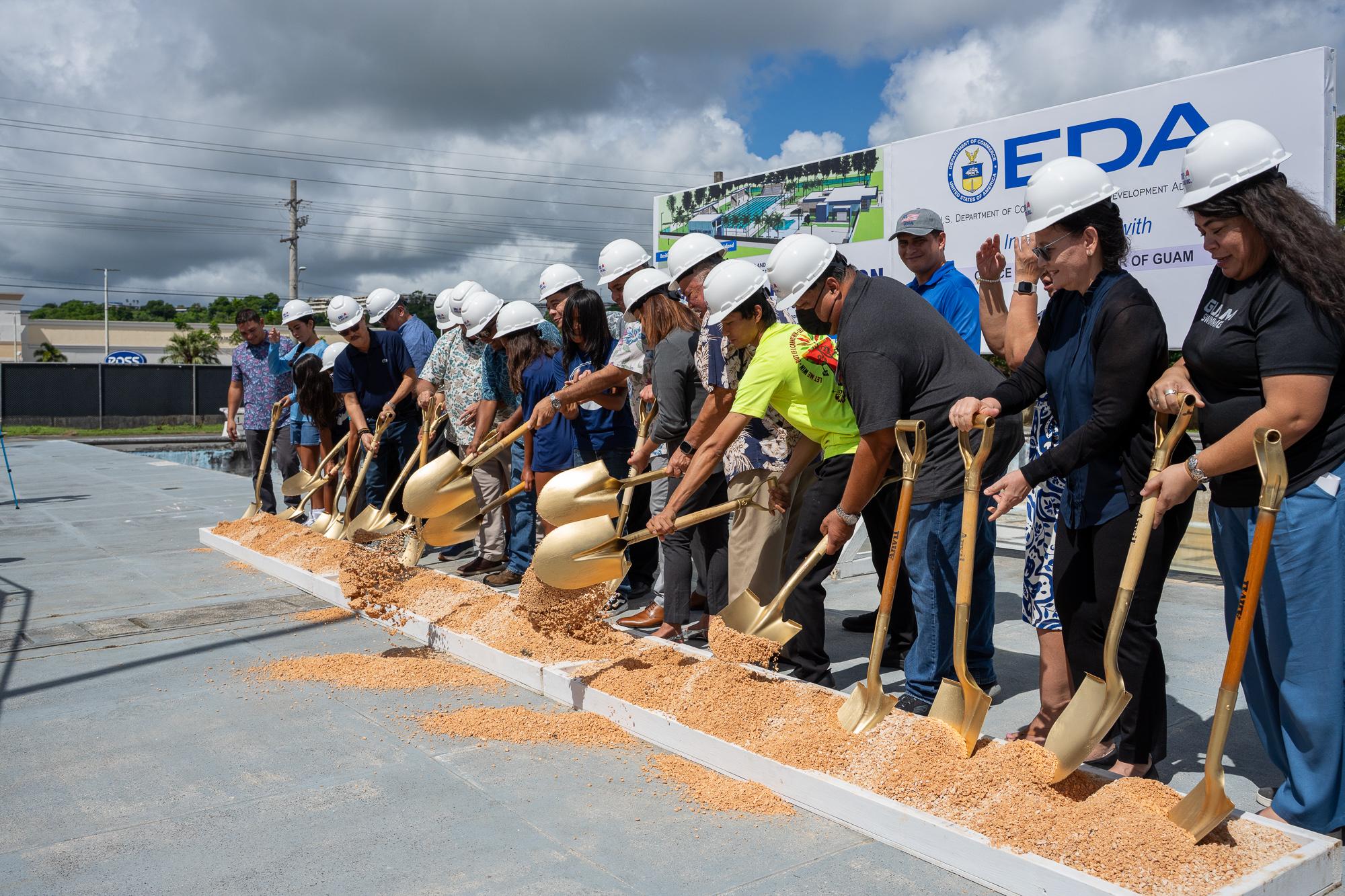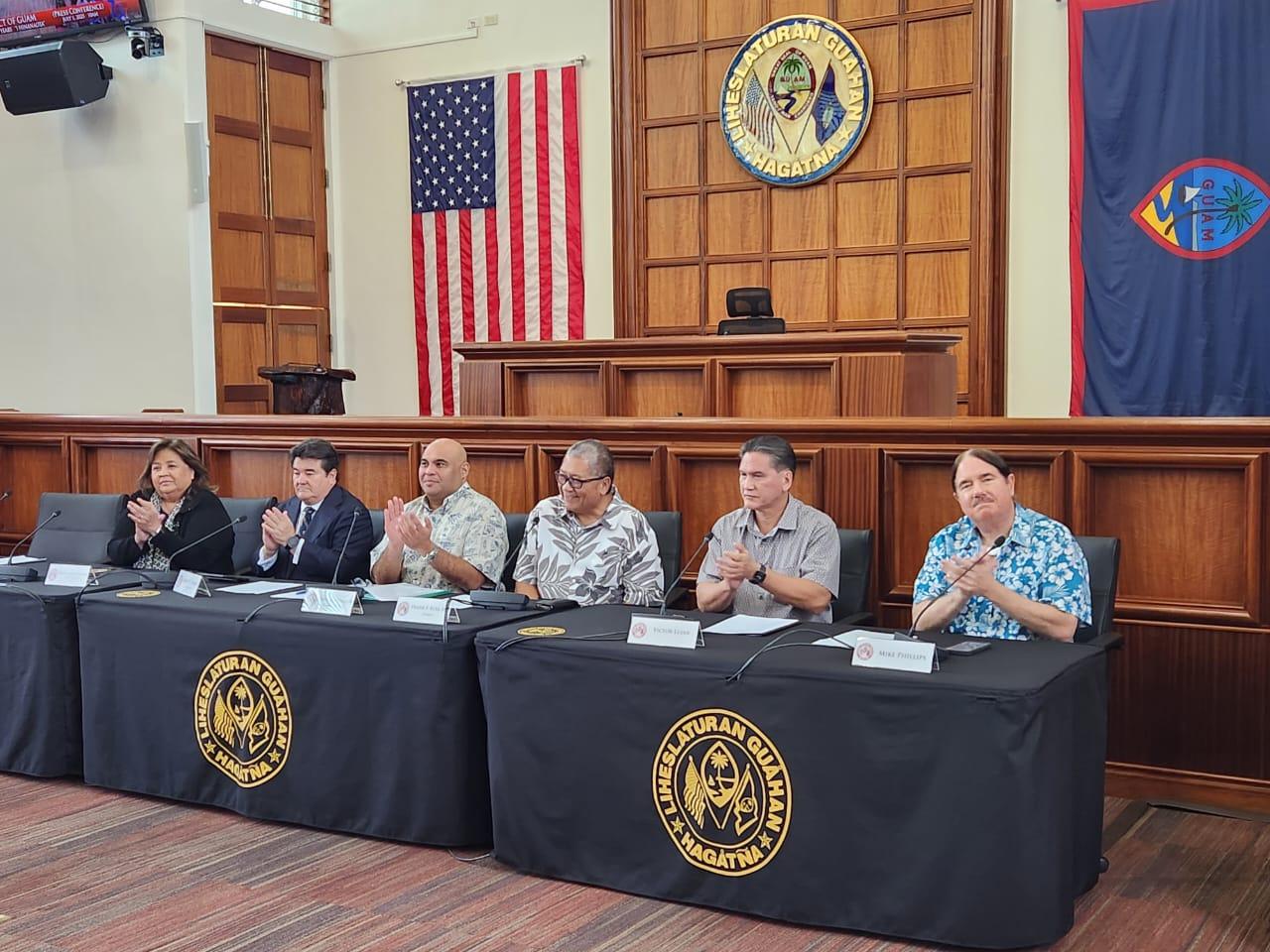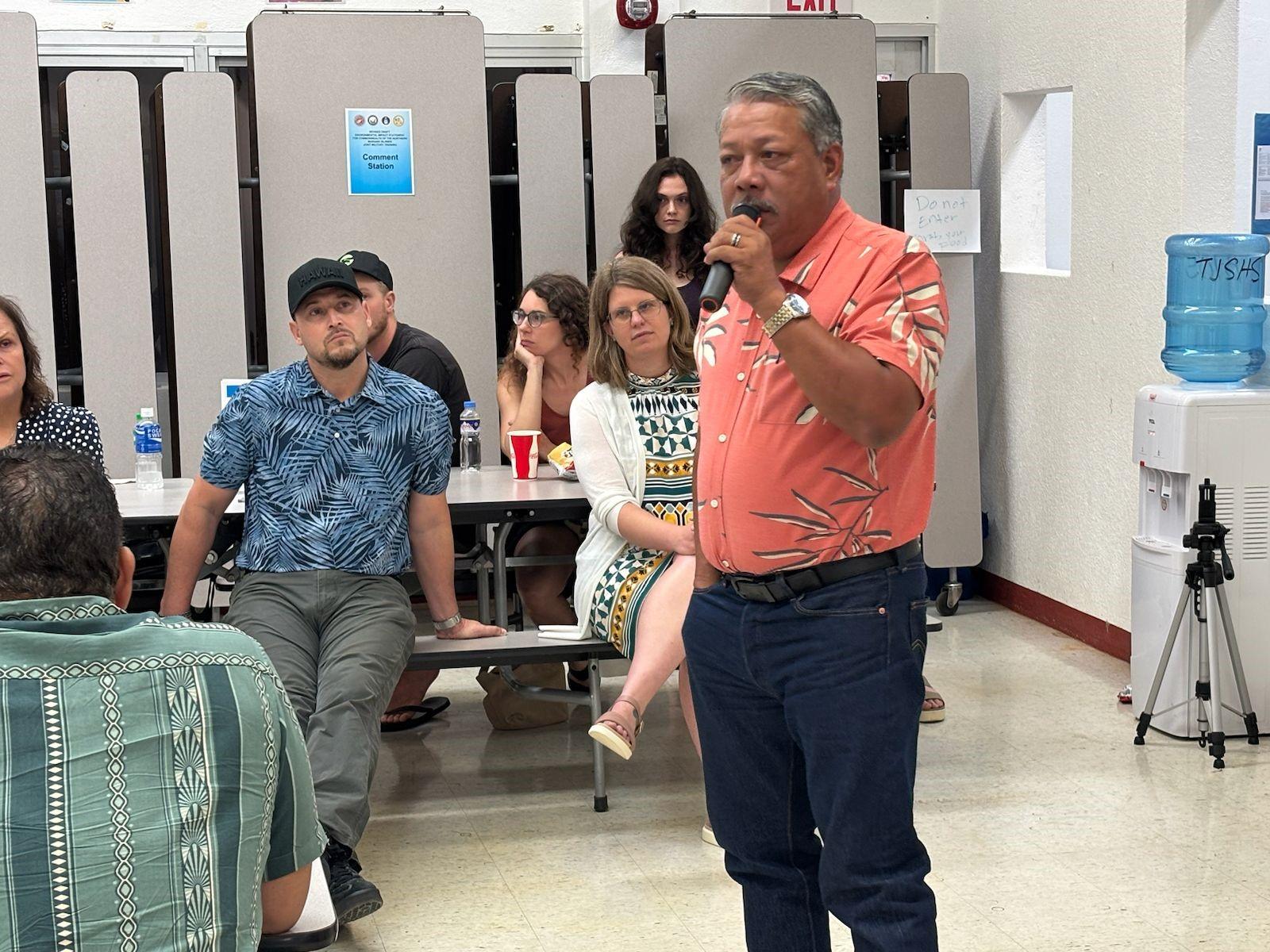BY MARK RABAGO
Saipan Correspondent
GARAPAN, Saipan — During a detailed presentation at the 32nd Pacific Islands Environmental Training Symposium on June 10 at the Crowne Plaza Resort Saipan, Guam presenters raised alarm bells at the widespread presence of toxic “forever chemicals” during a presentation on Guam’s Safe Drinking Water Program.
Sierra Armstrong-Bettis and Nicole Ha’ane Diras of the Guam Environmental Protection Agency presented comprehensive data showing multiple PFAS hotspots across Guam, citing military installations, the island’s airport, and areas with firefighting activity as primary sources of contamination.

Their findings revealed high-risk exposure in central villages, where PFAS levels often exceed federal health advisory limits, and vulnerable populations — like children and low-income families — face the greatest health threats.
PFAS (per- and polyfluoroalkyl substances) are synthetic chemicals used in firefighting foam, non-stick products, and industrial processes. They persist in the environment and are linked to cancer, hormone disruption, and other serious health risks. The U.S. EPA recently set enforceable Maximum Contaminant Levels at 4 parts per trillion for PFOS and PFOA.
Guam faces outsized contamination relative to its size of 212 square miles, according to the presentation. The U.S. military accounts for about 25% of the island’s landmass, and multiple U.S. Department of Defense properties have been flagged as PFAS hotspots. Other risk areas include landfills, aborted takeoff zones, and firefighting training grounds.
From 2023 to 2024, data collected by the Guam EPA, U.S. EPA Region 9, and the Guam Waterworks Authority showed that PFOS are the most prevalent PFAS compound detected in public water systems. Several public wells — anonymized as A through F — showed PFAS levels four times higher than the federal limit.
Particularly affected areas include the villages of Hagåtña, Sinajana, Agana Heights, and Mongmong-Toto-Maite. Hagåtña, where many government and business offices are located, registered the highest PFAS risk index, with more than 127% based on likelihood and impact calculations.
To assess PFAS exposure vulnerability, Armstrong-Bettis and Diras developed a risk model that factored in not only contaminant levels but also the presence of daycare centers, pre-K to elementary schools, public housing, and hospitals in each village. They found that the most at-risk populations —children and low-income families — often live in areas with both high PFAS readings and limited access to alternative water sources.
While many Guam residents obtain water from more advanced refill stations with reverse osmosis and UV treatment, the most vulnerable residents often rely on untreated tap water.
Guam’s primary PFAS treatment technology is granular activated carbon, or GAC, which removes PFAS from well water. But the process is costly and logistically complex. Used GAC must be exported off-island for safe disposal, and the replacement schedule is resource-intensive.
At one public utility, four separate GAC vessels operate in a lead-lag system — common across Guam — but disposal of spent GAC remains a growing problem.
The presenters also warned that PFAS contamination is not limited to drinking water. Leaching from illegal dumping, septic system overflows, and wastewater mishandling can all lead to PFAS entering Guam’s aquifers. Construction tied to the military buildup, particularly soil disturbance, may also release previously buried PFAS into the environment.
Diras and Armstrong-Bettis concluded their presentation by urging greater investment in PFAS testing, treatment, and community outreach. They also noted that increased federal support is needed to help Guam meet EPA’s new compliance deadlines, and to fund expanded water infrastructure and blood testing programs.
With PFAS emerging as one of the most pressing environmental health issues in the Pacific, the Guam EPA team emphasized collaboration between territorial governments, military agencies, and U.S. federal entities as essential for long-term protection of island water resources. mbj
Guam EPA raises alarm on PFAS contamination
Recommended Articles...

Groundbreaking held for Hagåtña Pool renovations
A groundbreaking ceremony was held on July 3 for the long-awaited renovations of the Hagåtña Pool.
Read More 
‘History Comes Alive,’ commemorating the 75th anniversary of the signing of the Organic Act of Guam
The 75th anniversary of the signing of the Organic Act of Guam will be commemorated with a full slate of events to take place on Aug.1.
Read More 
NMI residents raise urgent concerns over military training plan
During the public meetings on the U.S. military's Revised Draft Environmental Impact Statement, Tinian Mayor Edwin P. Aldan made four key requests to address residents' concerns about planned military activities on the island.
Read More 
The Dish - TanganTangan Grill
TanganTangan Grill opened on June 27 at the LeoPalace Resort Guam, occupying the space of the former Eataliano Restaurant.














